#american birds
Text
BOTD: Yellow-bellied Sapsucker
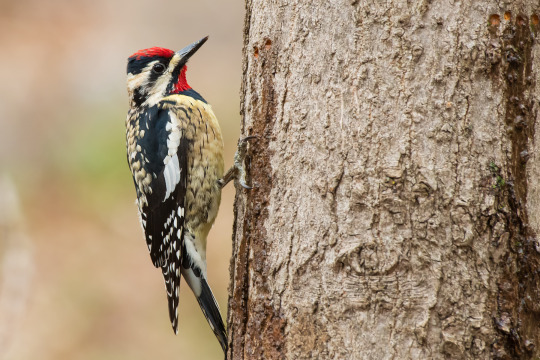
Photo: Paul Reeves
"Although its name sounds like a cartoonist's invention, the Yellow-bellied Sapsucker does exist. This species is common in the north and east, and is replaced by close relatives in the west. Quiet in winter, it becomes noisy in spring, with cat-like calls and staccato drumming."
- Audubon Field Guide
#birds#yellow bellied sapsucker#woodpeckers#birds of north america#north american birds#sapsuckers#birds of america#american birds#woodpecker#sapsucker#birds of the us#birds of canada#birds of mexico#birds of central america#birds of the caribbean#bird#birding#bird watching#birdblr#birblr#bird of the day#Sphyrapicus varius
60 notes
·
View notes
Text

John James Audubon, Plate 77, Belted Kingfisher, Birds of America, 1827-1838
#john james audubon#birds#birds in art#kingfisher#american birds#audubon#bird art#beautiful birds#wildlife#nature#animals in art#beautiful animals#art history#aesthetictumblr#tumblraesthetic#tumblrpic#tumblrpictures#field guide#science#tumblr art#aesthetic#beauty
31 notes
·
View notes
Text
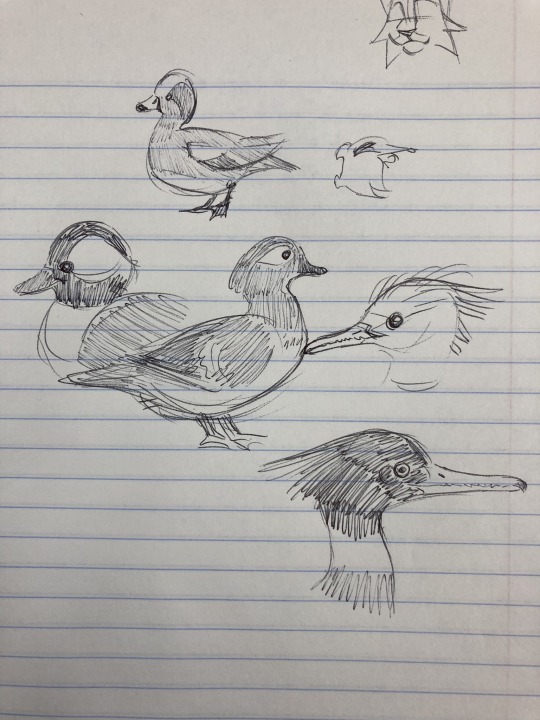
DUCKS BE UPON THY DASH
[id. Several notebook sketches of a few American duck species. From top to bottom the species are: American Wigeon (breeding drake), Bufflehead (drake), Wood Duck (hen), and Red-Breasted Merganser (hen). End description]
#ent’s art#Birds#bird art#anatinnae#mareca#mergini#Aix#ducks#american birds#bucephala#why are there so many duck genuses
38 notes
·
View notes
Text
Genus: Setophaga
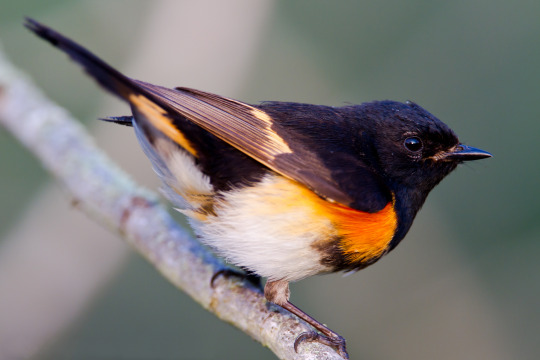
Originally, this genus was only used for the American Redstart (Setophaga ruticilla). Meaning 'moth-eater', it was used to refer to the flycatcher-like habits of the American Restart, which sallies forth from a perch to catch flying insects rather than plucking them from vegetation.
In 2010, however, a newly published paper disrupted what was thought of Parulidae taxonomy. Using a comprehensive molecular phylogenetic analysis of the family, several genus were merged into Setophaga. Not only that, but a separate genus of warbler was cleaved in two based on the findings.
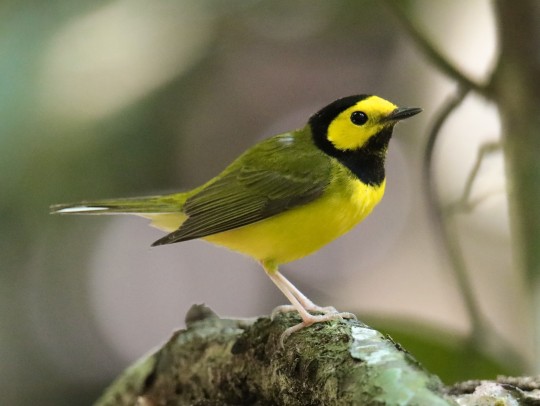
The Hooded Warbler was previously listed under the genus Wilsonia along with Wilson's Warbler and Canada Warbler. They had even been in an obsolete genus together before this (Sylvania), though this was changed to Wilsonia for other reasons. The 2010 study showed that Wilsonia was polyphyletic, meaning the group may share similar traits, but do not share a common ancestor. Hooded Warbler was moved to Setophaga and Wilson's and Canada Warbler were placed into Cardellina, an existing genus with Red-faced, Pink-headed, and Red Warbler.

The two Parula species were also folded into Setophaga as a result of the 2010 study. The Northern and Tropical Parula were originally the only two members of this genus, with the Northern Parula being the type-specimen of New World Warblers as a whole. I find that a bit ironic, as they are one of the smallest warblers and show quite an unusual color patter when compared to the rest of Parulidae, but I don't exactly know how type-specimen are chosen.

The largest genus to be merged with Setophaga was Dendroica. When I first began learning species names, I was familiar with this as the genus for most warblers. Due to the way taxonomic names work, the name which was published first takes precedent in these merging scenarios. So, despite the fact Dendroica had around 30 species and Setophaga had just 1, Setophaga was published first in 1827 (Dendroica in 1842).
In summary, Setophaga went from just a single species to now being the largest in the Parulid family, holding 34 species!
Image Sources: AMRE (Dan Pancamo); HOWA (Ninahale); NOPA (Dan Pancamo); MAWA (Cephas)
#setophaga#parulidae#passeriformes#bird#north american birds#american birds#american redstart#hooded warbler#northern parula#magnolia warbler#(had to include MAWA in there they're babyyyy)#(also hi I'm wikipedia now I guess. linking to other wiki pages within my own article like damn lol)#Genus Feature
52 notes
·
View notes
Text

Gunnison Grouse (Centrocercus minimus)
Colorado & Utah, USA
Endangered
Threats: habitat loss
-----------
Happy Thanksgiving! Have a sage-grouse mating pose!
#I AM NO TURKEY#happy thanksgiving#bird art#artists on tumblr#ground bird#nature art#american birds#digital art#bird#usa#north america#colorado#utah
7 notes
·
View notes
Text
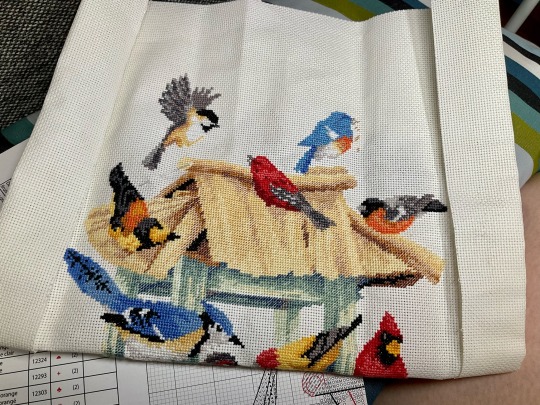
Finished all the main colour & it’s ready for the long-stitch details!
#craft#crafts#sewing#stitching#wip#animals#maker#embroidery#traditional embroidery#craft embroidery#embroidery birds#birds#songbirds#american birds#cottage crafts#traditional craft#cross stitch#cross stitch wip#embroidery wip
11 notes
·
View notes
Text
BOTD: American Robin

^Image credit: Mdf
American Robin (Turdus migratorius)
The American Robin is named after the European Robin for its similar red breast colouring, but the two birds are not closely related. Their diet consists of invertebrates and fruits and berries. They flock to fermented berries of Pyracantha, and will sometimes exhibit 'drunken' behaviour, such as falling over, after eating sufficient amounts.
#i let the queue run out completely like an idiot bc im lazy#so now im panicking trying to write multiple posts#this is your responsible blog owner /s#american robin#american robins#robin#turdus migratorius#robin redbreast#birds of america#american birds#birds of north america#birds of mexico#i'm not sure if i should put an alcoholism tw for the 'drunk' fact?#if i should please let me know#birdwatching#bird facts#bird fact#bird of the day#bird-of-the-day#botd#ornithology#birdwatchers#bird lovers#birdlovers
48 notes
·
View notes
Text
Bird problems
You guys there’s a bird that cascaded down my chimney and out the fireplace this past Saturday(I’m assuming for the first time cuz it was the first time for me to see this) . It flew into a room and I opened the front door started cleaning cuz I needed to anyway hoping it’s gonna follow the wind. So I go into the room it flew into bang around don’t see it. So I closed the front door thinking it’s gone I walk into the next room guess who’s by my foot?! So I jump around cuz it’s flapping it’s wings I can’t even get the door open properly because now it’s chasing me around the house! Eventually I open the door and just leave that area and continue to clean. So as the sun was beginning to set I went banging around didn’t hear anything, so I thought okay it’s gone. Sunday comes I run to Lowes to get an animal mesh something so this doesn’t happen again! Come back fumble with the mesh and command strips all is good, it’s tight enough it shouldn’t get through.
So Sunday passes nothing, Monday nothing, this Tuesday, yesterday guess who comes flapping around the fucking corner.

And it’s coming from a room I visited earlier in the day! I look at the wire mesh I’m seeing small feathers so I’m like okay did you get through?! Or were you in hiding?! I had left the house briefly for an appt. So I decide this time I’m going to open the back door and the front let it choose its exit. Everything is open concept can’t trap it in a room. I text my friends they suggest when it’s flying towards you run out the door. I tried that, little shit hit a U-turn and returns to the same fucking room it flew into initially. So I’m like okay let me clean up! I can’t focus on work I abandoned my work laptop all together (they would have to get in touch with me via postal mail at this point, because the laptop was in the one of the rooms it was ping ponging through)
The thing about this bird it doesn’t CHIRP/ MAKE A SOUND! Just flaps its wings! So I can’t locate it if I wanted to trap it, because all I hear are fucking wings, flapping through the air!! Scary ass sound! Had it chirped or tweeted I probably wouldn’t be scared shitless, but it DOESN’T. So I hear it flapping around I runaway I can’t deal. Air is flowing through the house from both doors so eventually it leaves. I don’t know when all I know it wasn’t in the house when I had someone come and look early evening around 5/6PM.
Now picture this I’m banging on everything looking like a crazy bitch, broom in hand I’m banging on top of kitchen cabinets, fridge, I’m getting under the couches, on top of the china cabinet all of that! Because fucker you ain’t staying in this house terrorizing me!!! The guy that came to check it out said hey let’s put boxes in front of the fireplace until you get a screen for the top of the chimney. Perfect I fill in some spaces with Styrofoam from the box my work laptop came in. I go banging around one last time before I retreat to my room. Silence, nothing, my body is starting to calm down.
I’m traumatized at this point because the thing chased me around the house 2x!!! So this morning I’m still shaken! I have to get some stuff from the living room but I stay in my room till afternoon! I do the same thing I did the night prior grabbed the broom and went banging around just in case.
As soon as late afternoon hits TODAY! The HORROR sounds of WINGS FLAPPING coming down the CHIMNEY!



So I hop up off the couch, abandon work again, and grab the first thing I can and start banging on the box! I’m screaming, I’m making noise. Not today not tomorrow I can’t do this with you birdie! I get some more Styrofoam reinforce the spaces between the box and the rock fireplace (it’s not a flat surface) so I’m banging around trying to scare it thinking okay you can’t get in anywhere so you should just fly on up this chimney and GTFO!
The little shit hasn’t left!

I have declared psychological warfare! I turned on YouTube and I am playing 48 hours of scary bird sounds! The next is a weird sound that irritates birds.
In between all this I’m texting my mother what does she suggest?! Feed the bird! Give it some water! She loves birds! I’m like you aren’t getting chased around this house lady! I have calls to lead and attend how do you want me to do that with a bird that doesn’t chirp but it’s wings sound supersonic flying around the house?!
And yes I have looked for a nest I’ve swept beneath and on top of all surfaces there’s nothing that I found.
Anyway thanks for coming to my Ted Talk. My theory is that it’s a baby bird but still like no adult bird came looking for it. I don’t hate birds I actually like them, from a distance! Emphasis on a distance. But this bird it’s just eerie it when it gets in it refuses to leave one particular room/space. I can’t coax it out so the best thing I can think of is to make it inhabitable in the fireplace and inaccessible to my home.
Do any of you bird lovers/watchers know what type of bird it could be? Or why it doesn’t chirp? Its a black bird with some white feathers, it’s not big like crows/ravens, just a small little black bird. I’m located in the south east of USA.
Edit: A butterfly flew towards me and I about came out my skin. Soooooo I’m gonna need some time to recover mentally lol this damn bird.
#bird proofing#bird problems#wildbirds#birds#garden birds#mute birds#bird expert#birdlovers#bird lovers#bird people#usa birds#american birds#bird watching#bird watcher
2 notes
·
View notes
Text
American Woodcock demonstrates "distal rhynchokinesis," the ability to flex the end of its bill. This allows it to grab earthworms it encounters when probing in soil. Other shorebirds, including Dunlins & Sanderlings, can bend their bills in this way. 😃
#birds#birding#urban birding#nuts_about_birds#birdstagram#patch birding#nature blogger#nyc nature#brooklyn#brooklyn bridge park#nyc#nature#american woodcock#timberdoodle#bird behavior
14K notes
·
View notes
Text
BOTD: Pink-headed Warbler
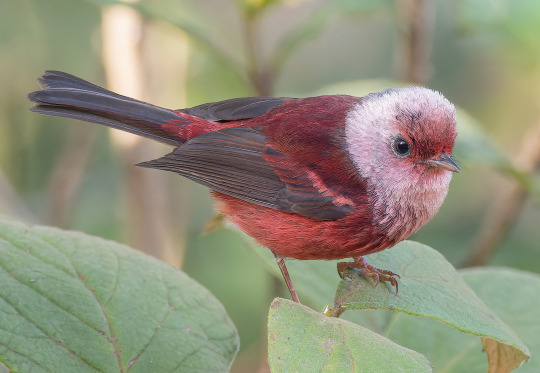
Photo: Don Marsille
"Unmistakable small warbler of highlands in Guatemala and Chiapas. Favors humid conifer forest, pine-oak forest, and adjacent brushy areas; locally fairly common to scarce. Usually in pairs, foraging at all levels, often moving with mixed-species feeding flocks. Red overall with silvery-pink head and breast and dark wings and tail."
- eBird
#birds#pink headed warbler#birds of north america#north american birds#warblers#passerines#warbler#birds of mexico#birds of central america#birds of america#american birds#bird#birding#bird watching#bird of the day#birdblr#birblr#Cardellina versicolor
154 notes
·
View notes
Text
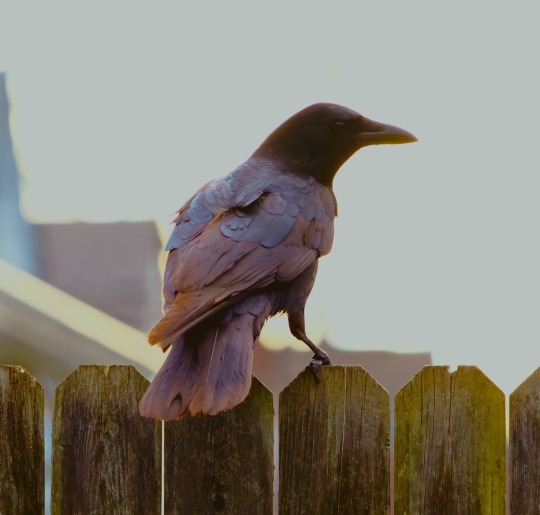
American Crow on the fence by my house
Photo by me, taken on FujiFilm X-T30 II
#animals#crow#American crow#corvids#photography#fujifilm#FujiFilm x-t30#my photography#my photos#my pic#nature photography#wildlife#wildlife photography#animal photography#bird#birds#corvid#crows#birding#bird photography#nature
4K notes
·
View notes
Text

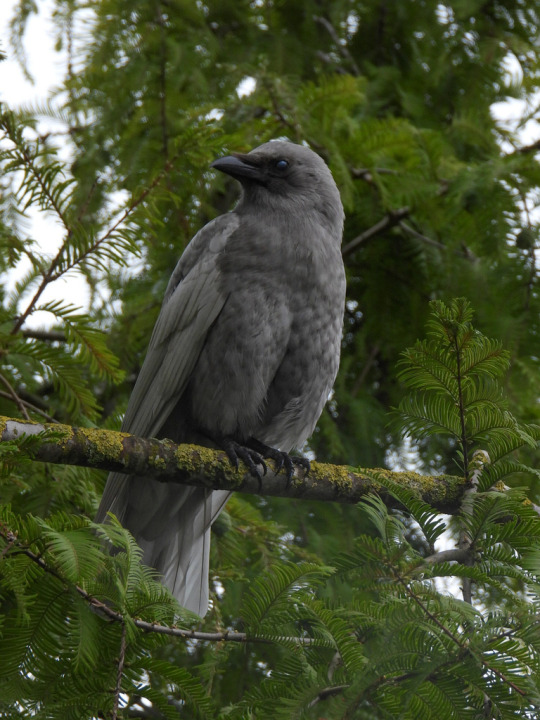
A beautiful grey American crow (Corvus brachyrhynchos) [x]
#source says leucistic so we’ll go with that#leucistic#leucism#american crow#crow#bird#Corvus brachyrhynchos#looks diluted such a nice color#I can’t remember seeing one such a nice solid grey#have seen brownish and white and maaaaybe a very light grey?#good job nature#keep up the good work
42K notes
·
View notes
Text
Yellow-rumped Warbler (Setophaga coronata)
There are (currently) four subspecies within Setophaga coronata:
Myrtle Warbler (S.c. coronata)
Audubon's Warbler (S.c. auduboni)
Black-fronted Warbler (S.c. nigrifrons)
Goldman's Warbler (S.c. goldmani)
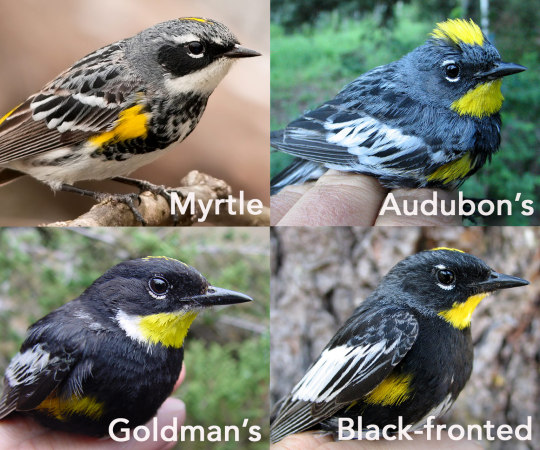
Our story (my rambling) begins with Myrtle and Audubon's Warblers being described as separate species, until a study in 1973 found evidence that the two routinely hybridized within a small strip of Western Canada. The Biological Species Concept* defines a species as any members of a population which can interbreed and create fertile offspring, and with the limited genetic evidence of the time, this concept was used to lump Myrtle and Audubon's into the Yellow-rumped Warbler. (*keep in mind there are many ways to define a species, so this single concept isnt a "be all, end all" argument)
This hybrid zone, however, is only 80 miles across, and has been shown to be stable over the past 50 years, suggesting the hybrids may not be as viable as previously thought. This, coupled with a new and overwhelming comparison between the birds' genomes, suggests that Myrtle and Audubon's Warblers are indeed separate species.
So the story goes back even further, because this story is really about bird populations and not our human ability to categorize them. The most likely situation is that the Myrtle Warbler was separated from the other three forms of the species during the Pleistocene glaciation, over the last million years or so. This pattern can also be seen in other "paired" species from East to West, such as Baltimore and Bullock's Orioles, or Rose-breasted and Black-headed Grosbeaks. The glaciers cut off the breeding population of Myrtle Warblers, and only after their receding could they move West to meet in the middle again.
In an interesting twist, the leading idea is that Audubon's Warbler is not only a separate species, but is actually a hybrid species which arose from Myrtle meeting the Black-fronted Warbler once it expanded back West. This hypothesis is supported by mitochondrial DNA of a sedentary population of Audubon's being very similar to Black-fronted, rather than to Myrtle Warblers. There needs to be more study into the genomics of these birds to confirm whether or not Audubon's would stand as it's own species, or if it and Black-fronted are more closely related.
Off to the side of all this is Goldman's Warbler, which makes sense when you take a look at the breeding range of these warblers. Black-fronted and Goldman's Warbler are both non-migratory birds, and the population of Goldman's Warbler is located almost entirely in Guatemala, with possible populations to the west in Chiapas, Mexico. In the same genomics study above, Goldman's Warbler stood out as unique when compared to both Myrtle and Audubon's DNA.
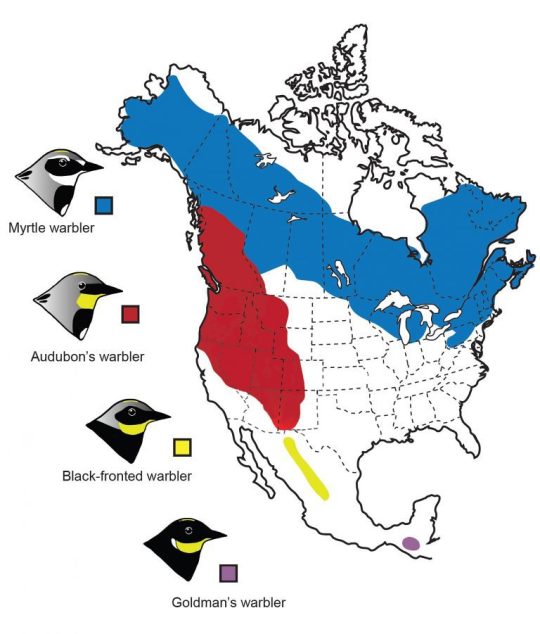
To sum this up: more study is needed between Myrtle, Audubon's, and Black-fronted to confirm previous findings, but a three-way species split from this single species seems to be supported. The International Ornithological Congress (IOS) has already done so, splitting Yellow-rumped Warbler into Myrtle, Audubon's (with Black-fronted as a subspecies), and Goldman's Warbler.
While we're on the topic- hybridization between Setophaga warblers is not unheard of, and Yellow-rumped Warbler has multiple documented hybrids in the Macaulay library. I won't post all the pictures, but the best are linked as follows: Cape May, Magnolia, Palm, Yellow-throated, Grace's, Townsend's, Hermit, Black-throated Green). Other than it's own species-complex, Yellow-rumps are most closely related to Yellow-throated and Bahama Warbler.
Sources Below
Wikipedia (for ease of summarization)
Birds of the World (for the more in-depth story)
Barry the Birder (for the compiled image of all four birds, and for talking about the All About Birds article so I could find and link that)
All About Birds (for the range-pic, and for summarizing the study from The Auk- way better than I did, I may add. Go read their article if this intrigued you.)
Papers cited in Birds of the World:
[on 'lumping' YRWA] Eisenmann, E. (1973). Thirty-second supplement to the American Ornithologists' Union check-list of North American birds. Auk 90: 411–419.
[on the hybrid zone] Hubbard, J. P. (1969). The relationships and evolution of the Dendroica coronata complex. Auk 86:393-432.
[hybrid zone] Barrowclough, G. F. (1980). Genetic and phenotypic differentiation in a wood warbler (genus Dendroica) hybrid zone. Auk 97:655-668.
[hybrid zone] Brelsford, A., and D. E. Irwin (2009). Incipient speciation despite little assortative mating: the Yellow-rumped Warbler hybrid zone. Evolution 63:3050-3060
[on mtDNA between auduboni and nigrifrons] Milá, B., Toews, D.P.L., Smith, T.B. and Wayne, R.K. (2011). A cryptic contact zone between divergent mitochondrial DNA lineages in southwestern North America supports past introgressive hybridization in the yellow-rumped warbler complex (Aves: Dendroica coronata). Biological Journal of the Linnean Society. 103: 696–706.
[on the 'hybrid origin' of auduboni] Brelsford, A., Milá, B. and Irwin, D.E. (2011). Hybrid origin of Audubon’s Warbler. Molecular Ecology. 20(11): 2380–2389.
[on 'splitting' YRWA] Toews, D.P.L., Brelsford, A., Grossen, C., Milá, B. and Irwin, D.E. (2016). Genomic variation across the Yellow-rumped Warbler species complex. Auk. 133(4): 698–717.
#setophaga#parulidae#passeriformes#birds#north american birds#american birds#yellow rumped warbler#audubon's warbler#myrtle warbler#goldmans warbler#for the purpose of the bird poll I am treating them as separate species#it helped round out the numbers and made showcasing them a bit easier lol
18 notes
·
View notes
Text

a comic i made for hero's birthday 🍳 ✨
(art by me, script by @sunkitty143!)
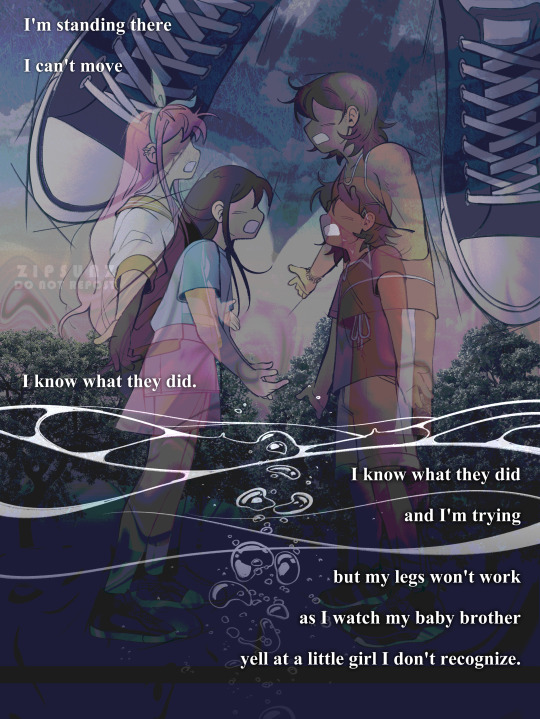

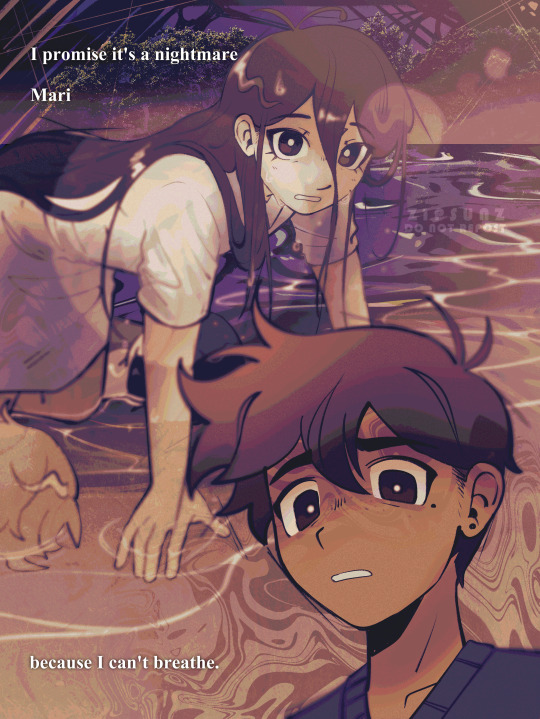

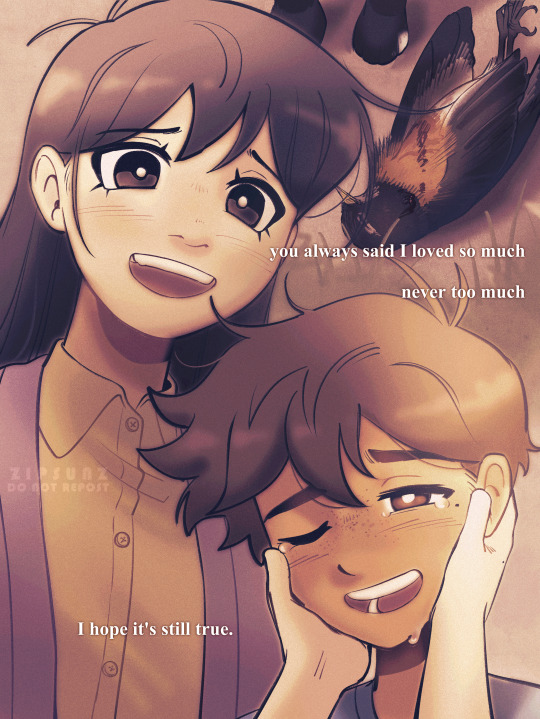


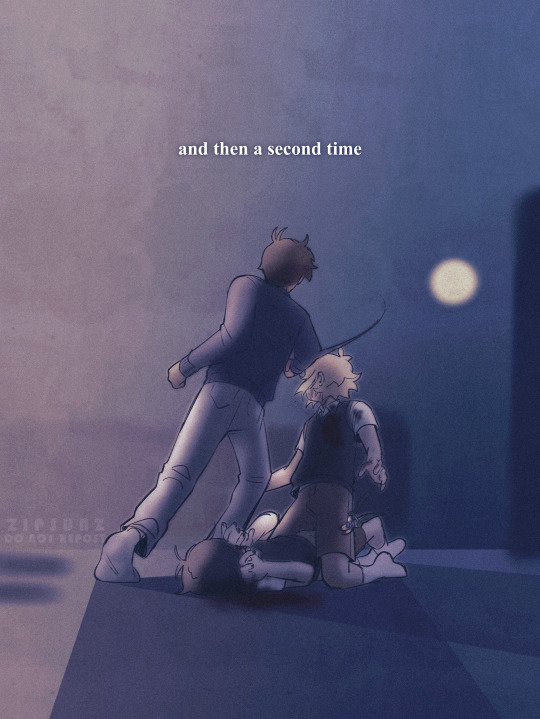
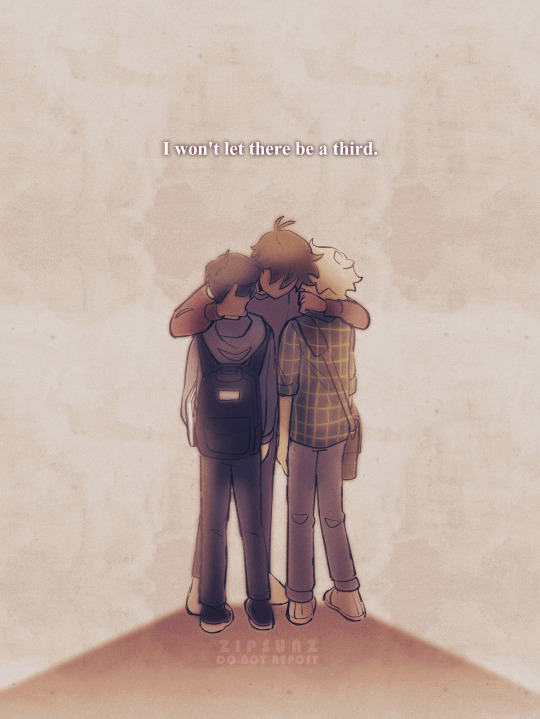
#omori#omori hero#omori aubrey#omori kel#omori mari#omori sunny#omori basil#omori heromari#heromari#omori spoilers#my art#cat collab#a few notes:#the bird is an american robin#i changed hero's (beta) hoodie to USC for the university of southern california. i figure that's what it references lol#i hc hero gave basil his black eye so he'd drop the shears (his weapon is a fist which “gets the job done”)
5K notes
·
View notes
Text
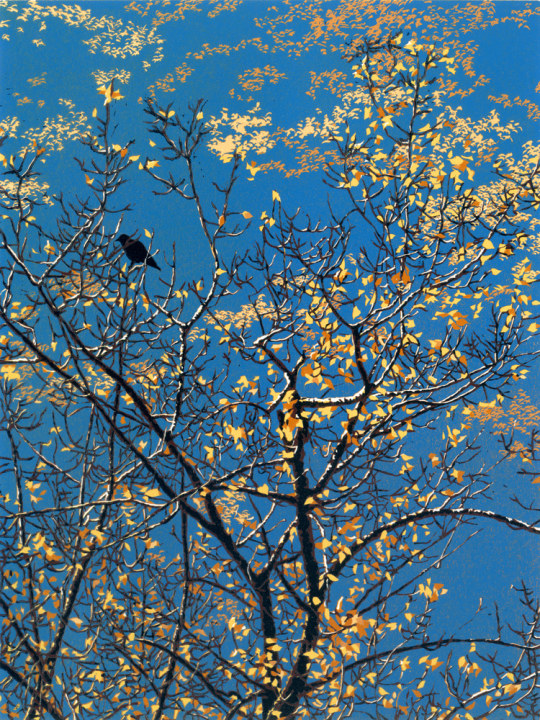
Crowful Quiescence - William H. Hays , n/d.
American, b. 1956 -
Colour linocut reduction on paper, 12 x 9 in .
4K notes
·
View notes
Text


I always misjudge how long detailing actually takes, my brain thinks it doesn’t take long because it’s just lines but in reality it can take days. This represents about 3 days of work.
#craft#crafts#sewing#stitching#wip#maker#craft embroidery#embroidery#embroidery bird#birds#American birds#songbirds#American songbirds#bird feeders#bird feeder#traditional embroidery#traditional#cottage crafts#cross stitch#kit embroidery#dimensions cross stitch#cross stitch wip#cross stitch birds#cross stitching
10 notes
·
View notes